N209 - Overview of Assessment
1/72
Earn XP
Description and Tags
Name | Mastery | Learn | Test | Matching | Spaced |
|---|
No study sessions yet.
73 Terms
Nursing Assessment
What is the process that evaluates or appraises the needs, preferences, and abilities of a patient?
Historical Assessment
What is a subjective assessment that includes information from the patient and family's perspective?
Physical Assessment
What is the objective assessment that includes biological (senses) and physiological aspects?
Pharmacological Assessment
What is the subjective assessment that includes what drugs the patient takes, such as Rx, OTCs, herbal remedies, illicit drugs, etc.?
Psychological Assessment
What is the objective/subjective assessment that looks at the patient's mental status, ability to cope, and support systems?
what will the pt. need going home?
Social Assessment
What is the subjective assessment that looks at the patient's family structure, roles in the family, significant other, recreation, socioeconomic status, violence, and substance abuse?
alcohol
_______ is the most used and abused psychoactive drug
4
5
Binge Drinking = a pattern of drinking that occurs within __ drinks in women and _ drinks in men, in ab 2 hours, on the same occasion in & least 1 day in last 30 days.
14
A drink = any drink that contains __g of alcohol. One physical cup/bottle can have multiple drinks.
Alcohol Use Disorder Identification Test (AUDIT)
What test is used to determine if someone has an alcohol use disorder by assessing alcohol consumption, drinking behavior or dependence, and adverse consequences from alcohol?
Intimate Partner Violence
Human Trafficking
Elder abuse
child abuse
What are important health problems that you must recognize the signs of and asses in every pt. in regard to domestic violence?
Intimate partner violence
This occurs from any partner with whom the person has a close relationship with (including emotional connectedness &/or physical/sexual contact)?
Human Trafficking
= compelling or coercing a person to provide labor or services, or to engage in commercial sex acts
majority affected are women/girls (75%) and children (25%)
Developmental Assessment
= assessing growth and development through life
Erickson & Piaget
Stages of development through life
Functional Assessment
= assessment done on OA (but applies to everyone), assessing one’s ability to perform activities of daily living (ADLs) and self-care
Activities of Daily Living (ADLs)
= tasks necessary for self-care
e.g., bathing, grooming, eating, dressing, toileting, walking, etc.
Katz Index of ADL
used to measure performance, evaluate treatment outcomes, and predict the need for continuing supervised care in OA
6 points = independent ; 0 points = very dependent
Instrumental Activities of Daily Living (IADLs)
= (life management tasks) functional abilities necessary for independent community living.
e.g., medication management, money management, shopping, cooking, housekeeping
Timed Get Up and Go Test (TUG)
Test that has the pt. stand, walk 10 ft, turn around & walk back
if >12 sec, they’re @ risk of falling
Sitting and Standing Test
= test that helps predict mortality
can a person stand up from sitting on the floor w/o using hands for support
Impairment
= loss/abnormality of structure or function
e.g., amputated leg
Disability
= lack of ability to perform activity in a way that is considered normal
e.g., (with an amputated leg) cannot walk
Handicap
= disadvantage caused by an impairment that interferes with a person's normal role
e.g., (with an amputated leg) cannot climb stairs
Incapacity
What is the legal term/legal disability that refers to inability to provide basic needs?
Functional Limitation
= behavior or condition that impairs a person's ability to do ADLs
Nutritional status
What is the balance b/t nutrient intake & nutrient requirements?
undernutrition
= nutritional reserves are depleted and/or inadequate to meet day-to-day needs
overnutrition
= consumption of nutrients more than body’s needs
can lead to obesity
is a risk factor for type II DM, heart disease, and cancer
Body Mass Index (BMI)
A marker for optimal weight for height and an indicator of obesity and undernutrition
weight (kg)/height (m)2
Waist-to-Hip Ratio
Assesses body fat distribution as an indicator of health risk.
andriod obesity
= more fat in the upper body
gynoid obesity
= more fat in the lower body
Skinfold Thickness/ Triceps Skinfold (TSF)
Estimates the body fat stores or the extent of obesity or undernutrition
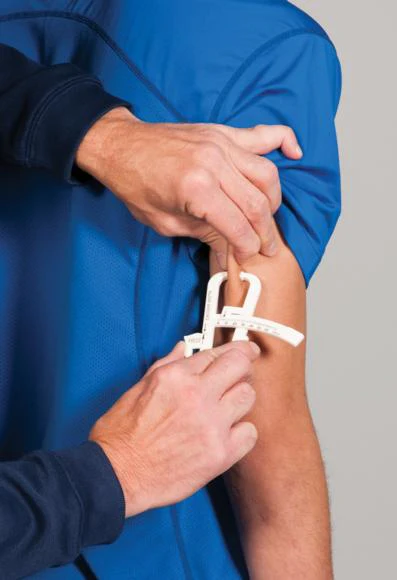
Arm Span or Total Arm Length
= nearly equivalent to height and useful in situations where height is difficult to measure
e.g. infants & bedridden patients
Sleep Assessment
= assessment of the quality of sleep (feels rested), usual pattern and times, sleep aids, rituals, and problems.
Cultural Assessment
=an assessment of cultural beliefs, customs and background.
focus assessment
This assessment is used in addition to a complete assessment and hones into an area of dysfunction or problem and in detail.
promoting health
preventing problems through developmental assessments
What is the focus of assessments of pediatric populations?
promote wellness and independence
provide the highest quality of life
What is the focus of assessments of older adult (OA) populations?
The Mini-Cog
A 3-item recall test and a clock-drawing test.
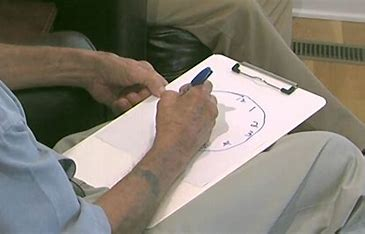
Folstein’s Mini-Mental State Examination (MMSE)
A test for orientation, recall, attention, calculation, language, and visual-spatial skill.
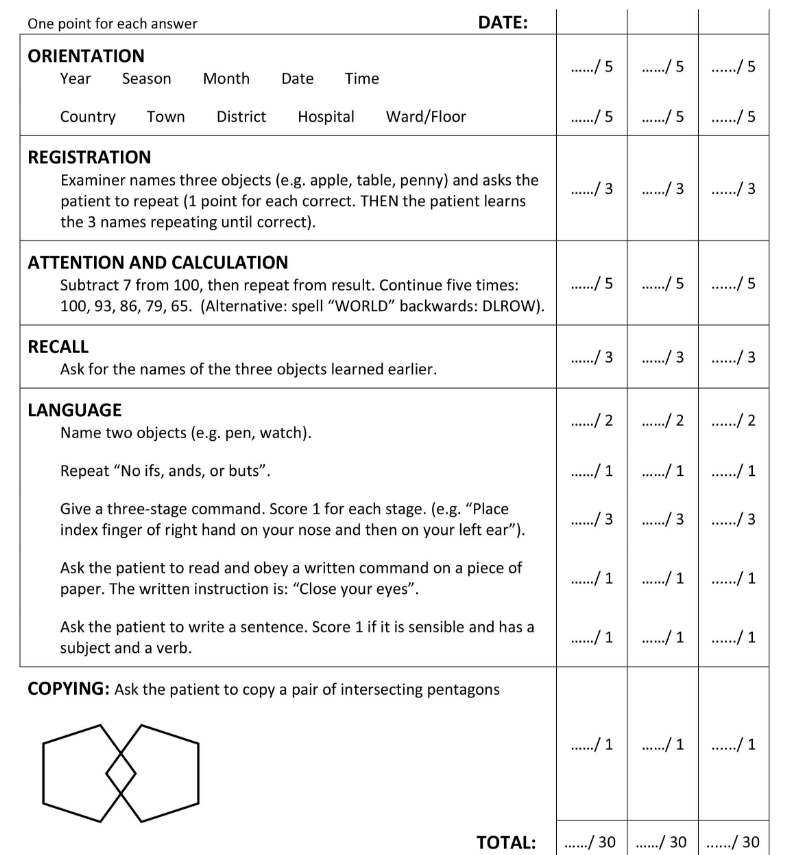
LGBTQ
transgender females to males may still need a pap smear and gynecological assessments.
transgender males to females may still need a prostate exam.
Assessments of this special population may be needed that are not apparent. What is an example?
director/ power of attorney
= type of advanced directive that allows you to choose who will make decisions on your behalf if you are incapacitated.
living will/instruction directive
= type of advanced directive that provides specific instructions for how your representative should make decisions.
advanced directive
= a legal document signed by a competent person to provide guidance for medical and health-care decisions in the even that they become incompetent to make such decisions.
health care proxy
= Someone to make health decisions if you are incapacitated.
this is a disease process (i.e., cancer)
Why might unintentional weight loss greater than 10 lbs be a cause for concern?
vision worsens with age (OA can experience cataracts, glaucoma, and macular degeneration).
every 2 years
Why is it important for routine eye screenings to be done after 40? How often should they be done?
hard of hearing
H.O.H (when documenting)
hearing loss
What can be a major obstacle in assessing OAs that can lead to inaccurate data collection?
<18.5
18.5-24.9
25-29.9
30-39.9
>40
BMI Interpretation:
_____ = underweight
____ - _____ = normal weight
____ - _____ = overweight
___ - ___ = obesity
_____ = extreme obesity
10%
What percentage of people over 65 have Alzheimer’s?
50%
What percentage of people over 85 have Alzheimer’s?
caregivers burden
the perceived strain by the person who cares for an elderly, chronically ill, or disabled person.
Myths of aging (common but not necessarily “normal”)
confusion/delirium is normal
the body’s reaction to medications is constant
polypharmacy
dec. liver and kidney function
falling is normal
OA drinks less and gets dehydrated
urinary incontinence is normal
half
More than _____ of Americans age 12 and up use alcohol and many abuse it
7 to 8 hours
How many hours of sleep per night should an adult get?
Abrasion
What is a wound caused by rubbing the skin or mucous membrane?
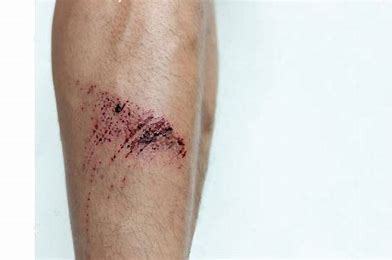
Avulsion
What is the tearing away of a structure or part?
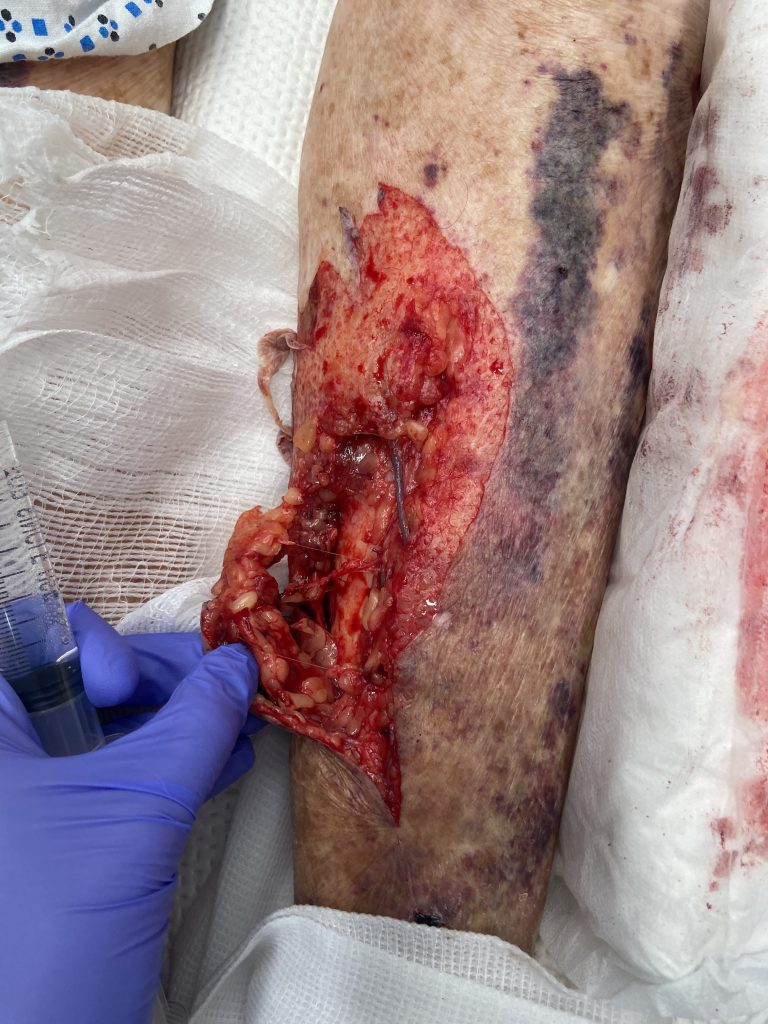
Bruise
What is the superficial discoloration caused by a hemorrhage into the tissue from ruptured blood vessels beneath the skin surface (aka contusion)?
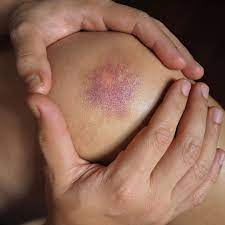
Ecchymosis
What is a hemorrhagic spot or blotch, larger than petechia, in the skin and mucous membranes, forming a nonelevated, rounded, or irregular blue or purplish patch?
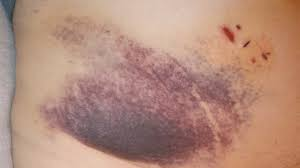
Hematoma
What is a localized collection of extravasated blood, usually clotted in an organ, space, or tissue?
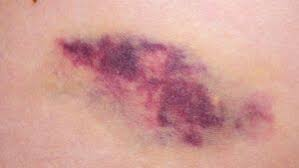
Hemorrhage
What is the escape of blood from a ruptured vessel, which can be internal, external, and/or into the skin or other organ?
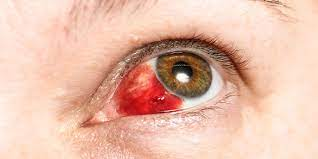
Incision
What is a cut or wound made by a sharp instrument; the act of cutting?
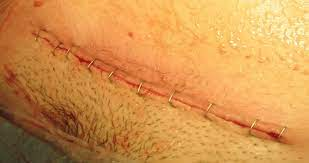
Laceration
What is a wound produced by the tearing and/or splitting of body tissue?
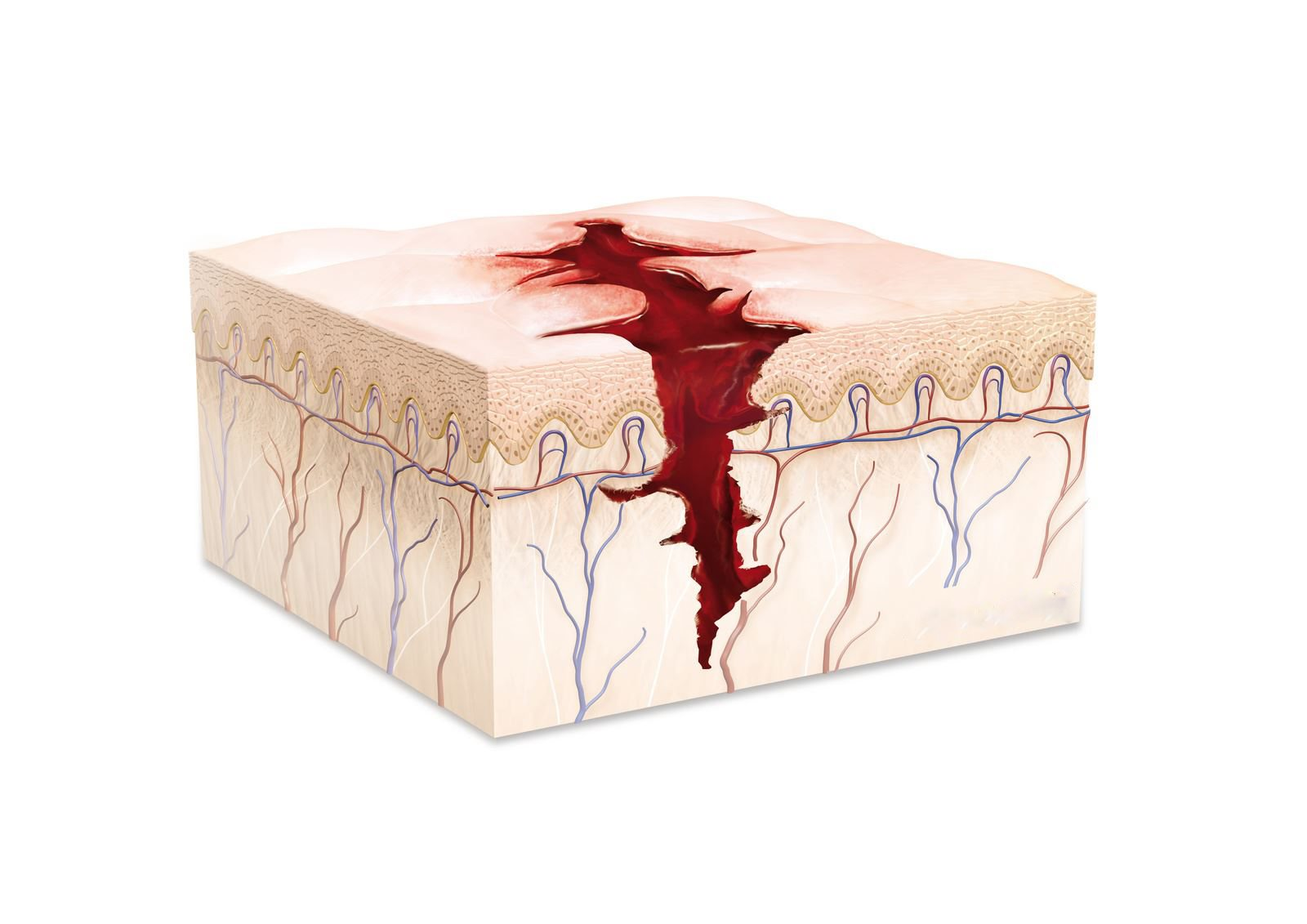
Lesion
What is a broad term referring to any pathological or traumatic discontinuity of tissue or loss of function of a part?
Patterned injury
What is an injury caused by an object that leaves a distinct pattern on the skin and/or organ or an injury caused by a unique mechanism of injury?
distinct pattern: whipped with an extension cord
mechanism of injury: immersion burns to the hands and feet
pattern of injuries
usually bruises and fractures in various stages of healing
Petechiae
What are minute, pinpoint, nonraised, perfectly round purplish-red spots caused by intradermal or submucous hemorrhage, which later turn blue or yellow?
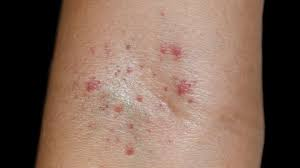
Puncture
What is the act of piercing or penetrating with a pointed object or instrument?

Stab wound
What is a penetrating, sharp, cutting injury that is deeper than it is wide?
Traumatic alopecia
What is the loss of hair by pulling, yanking or other traumatic means?
Wound
= a general term referring to a bodily injury caused by physical means